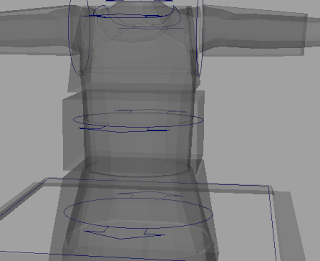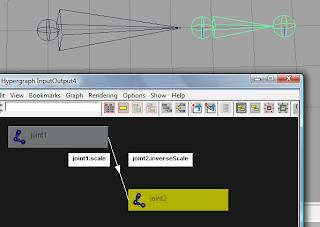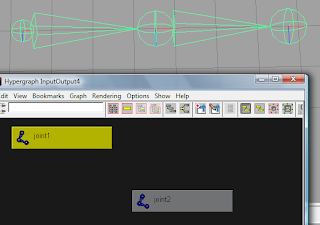I advocate both methods and I want to utilize both of these methods to get the desired results. Here are few notes from my current Face Setup research I am doing.
Blendshape:
-> One main problem I have with blendshape besides them being liner is that if not modeled correctly it is difficult to show skin sliding and fleshy feeling of the surrounding skin area of the muscle that moves. For example, while modeling cheek bulge for the smile seprately we can just pull the vertices around cheek bone to create the bulge. But, it will look like a baloon effect. Instead, cheek bulge is the result of skin being pushed towards the zygomatic arch bone. And we have to have that skin pushing and bulging to feel the expression correctly.
So what to do?
I think that one primary requirement is the proper work flow for creating indiviudal muscle shapes. And we need a system that defines how these individual shapes interact in order to produce more beliavable skin expressions. Weta used such system for Golumn which had hundreds of blend shapes (many of them were corrective shapes).
Joints:
-> It's main weakness is the lack of intuitiveness in building proper face shapes. And many times it is even almost impossible to get the shape we need just with joints in reasonable amount of time.
So?
Face topology becomes more crucial to get proper face shapes when working with joint based setup. We also need a really good system that allows the joints to be manipulated in a way that simulates muscle interactions and creates desired face shapes.
For highly cartoony characters that brake the rules of muscle interaction is a different situation.
I have been doing a lot of research for Facial Rigging and I am studying different kinds of systems to define muscle interactions. Mainly I am looking for freedom and flexibility (to extend or retarget) in such system. I think my face setup theory I came up with few months ago still has potential. Right now, I am trying to modify it and add more to it to make it a more generic face system.

 Different geo. that defines selection area for controllers.
Different geo. that defines selection area for controllers.

